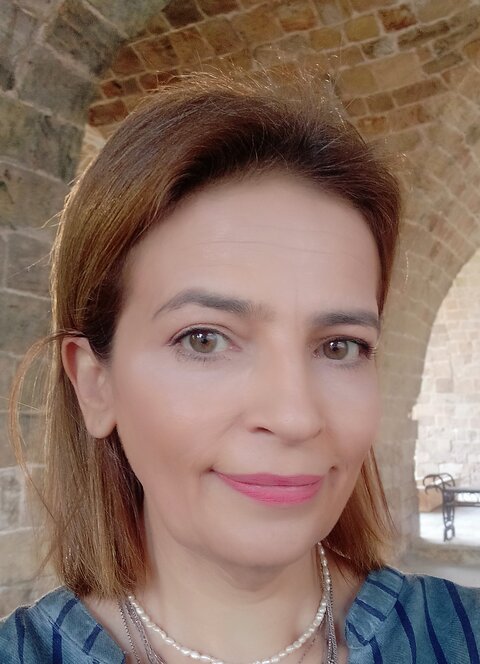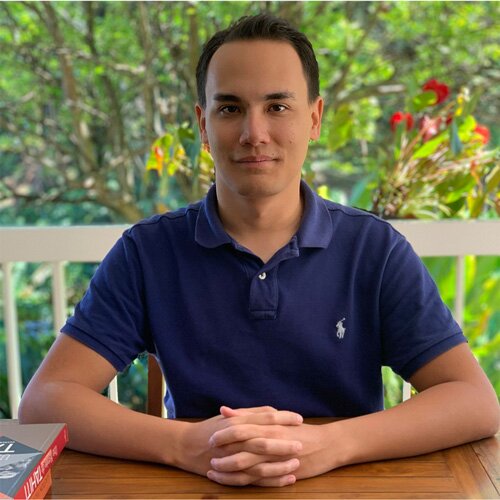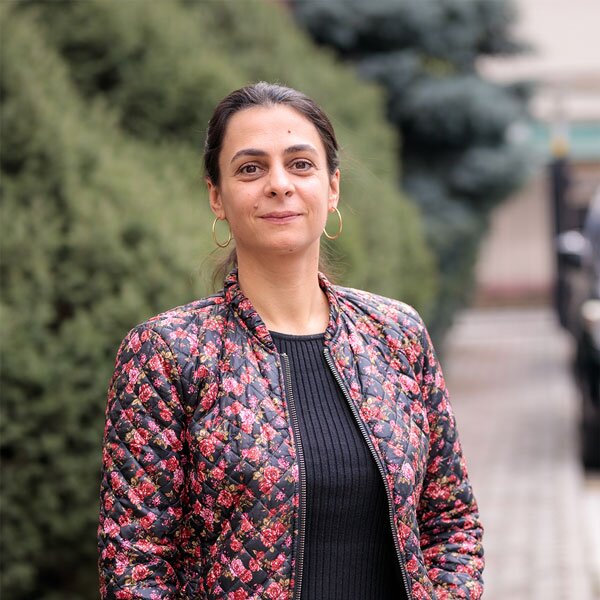Khozama Al-Bahloul


Khozama Al-Bahloul is a researcher in the archaeology of the ancient Middle East, specializing in cultural materials and architectural analysis during the Late Bronze Age and Iron Age. Her work combines stratigraphic interpretation with comparative architectural studies, exploring both functional and symbolic dimensions of built environments across the Levant and Eastern Mediterranean. She serves as Co-Director of the Syrian-French archaeological mission at Ugarit (Syria), and heads the Excavations Department at the Directorate-General of Antiquities and Museums in Latakia. collaborated with numerous national and international missions at key archaeological sites such as Ugarit and Qatna, and has contributed extensively to the documentation and interpretation of museum collections.
She has delivered lectures at leading European universities—including institutions in Italy, France, and Austria—and actively engages in academic dialogue on the archaeology of the Levant and the broader Eastern Mediterranean region. Her interdisciplinary approach bridges technical analysis with cultural and ritual interpretation, contributing to a deeper understanding of ancient architectural systems and their socio-symbolic significance.
The project
Title: The domestic work intermediation market in the process of digitalization and platformization: a comparative study between Brazil and France
"The Syro-French archaeological mission at Ras Shamra – Ugarit is one of eight French missions in Syria supported by the Ministry of Europe and Foreign Affairs (MEAE, Advisory Commission for Archaeological Research Abroad). It represents one of the historically significant excavation projects in Levantine archaeology. The mission is currently co-directed by Khozama al Bahloul (Directorate of Antiquities of Latakia) on the Syrian side, and Valérie Matoïan (Director of Research, CNRS, UMR 7172 Proclac, Institute of Civilizations, Collège de France) on the French side. Excavations at the site of Ras Shamra, initiated in 1929, have notably uncovered the remains of a Late Bronze Age city (late 13th – early 12th century BCE), during which Ugarit functioned as a Levantine kingdom on the periphery of the Hittite Empire. This period has been the primary focus of the mission’s research over recent decades. Today, we possess a detailed understanding of this Mediterranean capital at the close of the second millennium BCE, characterized by residential quarters arranged in blocks, an acropolis sector housing the city’s two major temples, and an extensive palatial zone clearly delineated in the northwest, accessible via one of the city’s gates—the only one identified to date. With approximately one-sixth of the urban area excavated over nearly ninety years of exploration, Ugarit stands as one of the best-documented cities of the Near East in terms of Late Bronze Age urbanism. It serves as a key reference site for the study of Bronze Age urban and palatial civilization. This multidisciplinary research is the result of collaborative efforts by a large team of scholars, technicians, and students."
Hosting institution: Collège de France
Selective Bibliography
- Al-Bahloul K., Matoïan V. 2021, Recherches de Terrain et Etudes de Matériel: les Membrés et collaborateurs de la Mission D`Ougarit 1929-2020. RSO XXVIII, p. 1-24.
- K. al Bahloul. 2017, New evidence on sanctuaries in Ugarit: Court III of the recently discovered ‘Great Building’ of the Rampart Area. Ugarit-Forschungen 48.p.613-635
- K. al Bahloul. 2016, des fouillés course: les fortifications de la cite d`Ougarit. «Ougarit, entre Orient et Occident) Collège de France pp.54
- K. Al Bahloul., Matoïan V. 2016, «66. Ras Shamra / Ugarit (Lattakia)», dans J. Kanjou et A. Tsuneki (eds.), A History of Syria in One Hundred Sites, Archeopress Archaeology, Oxford, p. 282-286.
- K. AL Bahloul., C. Mora 2016, Patrimonio culturale siriano: misure preventive per la protezione, la protezione, la conservazione e la catalogazione. La situazione in alcune località e Musei. In Chi ha diritto alla cultura? La situazione dei archeologici in Iraq e Siria. Atti della giornata di studi (Roma, 16 Aprile 2016).



Sophie Gambardella

Manatea Taiarui

Benjamin Furst


